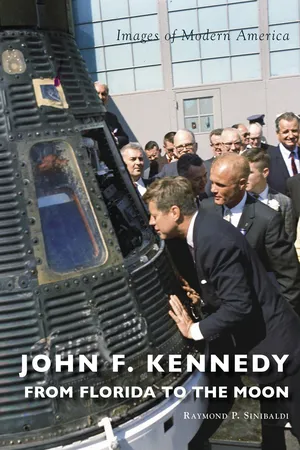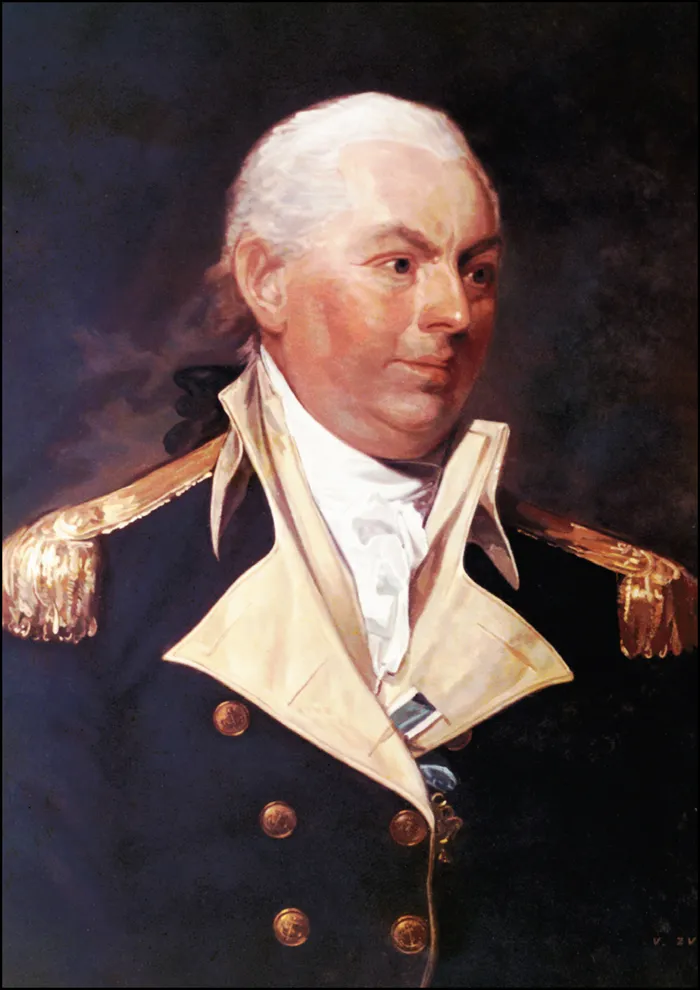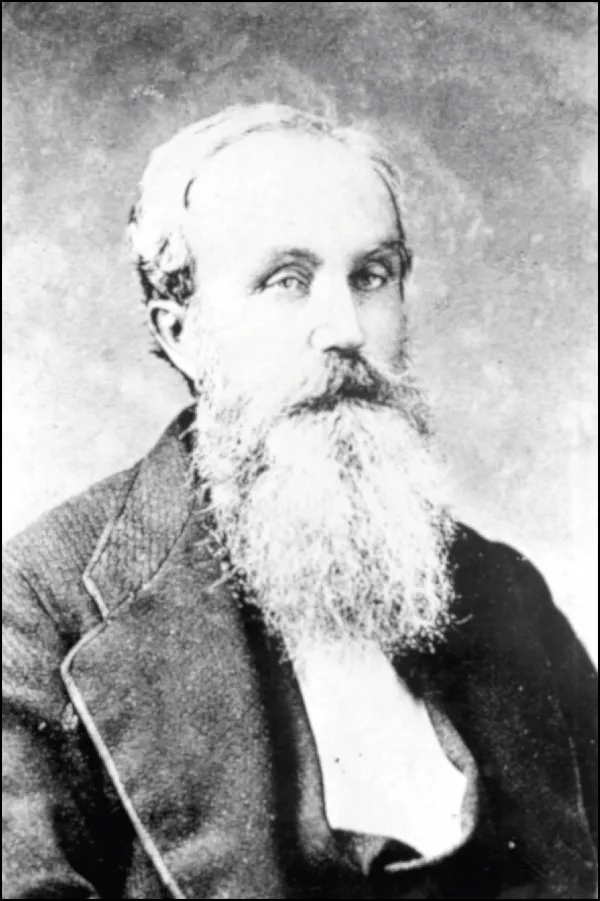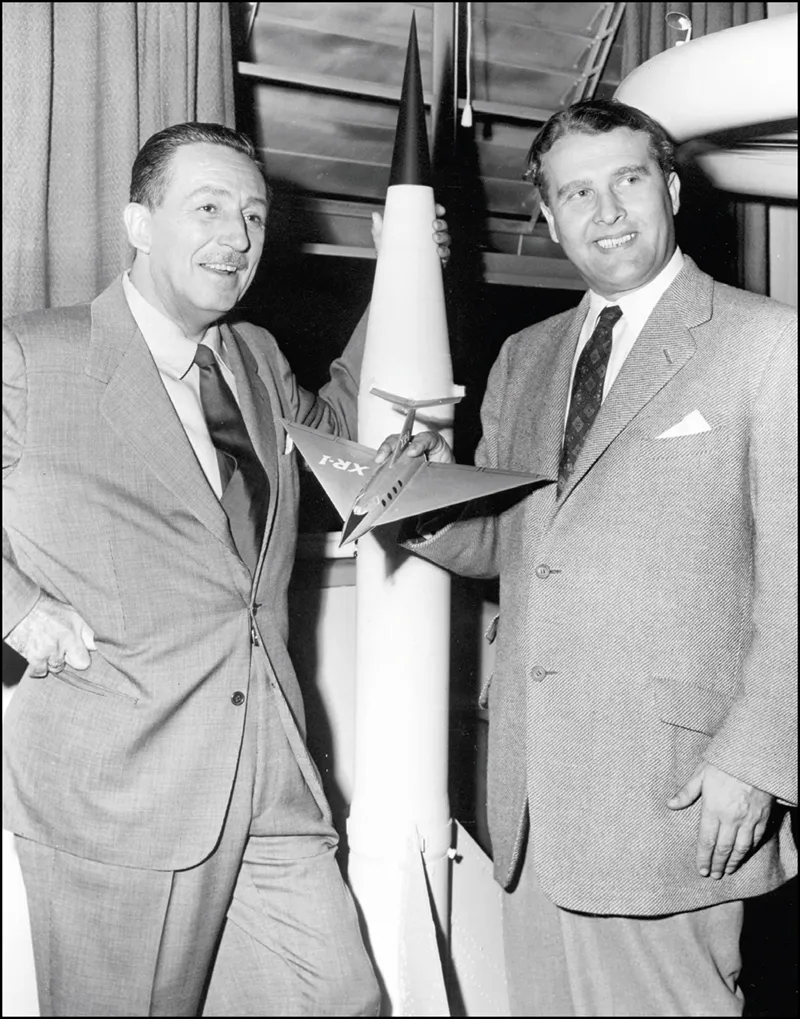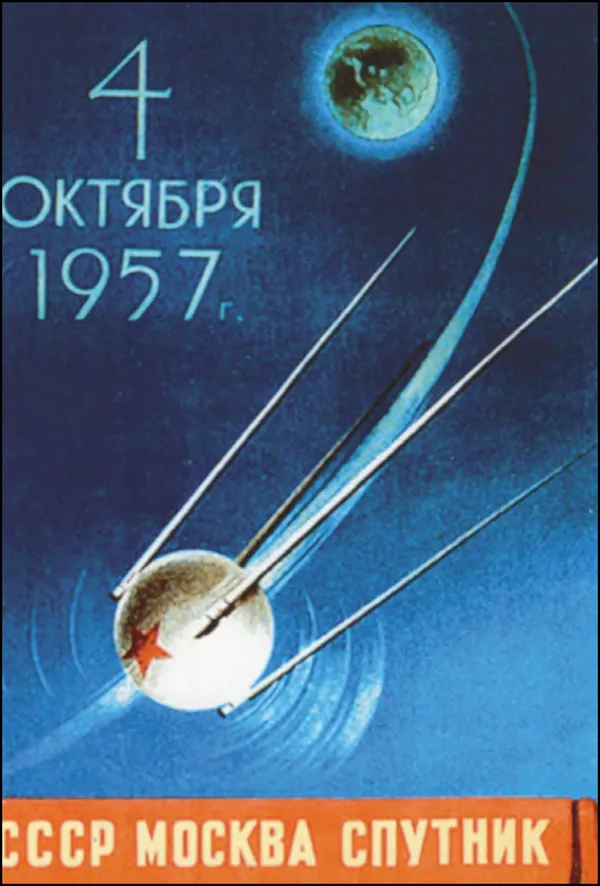![]()
One
CAPE CANAVERAL
THE EARLY YEARS
The first human inhabitants of what is now known as Cape Canaveral trace back at least 12,000 years. Its name, however, reaches back about a half of millennium, to the Spanish conquistador Juan Ponce de León. In 1513, while in his pursuit of the ever elusive fountain of youth, he stumbled upon this little strip of land he called Cabo (“end” or “tip”) Canaveral (“an area of sugarcanes”). By the end of the century, the cape was marked on the maps of European explorers and had become somewhat of a landing zone for shipwrecked sailors.
The shores off Cape Canaveral would witness the last naval battle of the American Revolution in 1783 and a series of lighthouses (1838–1894) to warn mariners of the broken ground and shoals extending some 13 nautical miles off its coast. A devastating hurricane in 1885 chased the homesteaders and discouraged further settlements as a 10-foot storm surge crashed over the barrier island. The beach near the Cape Canaveral Lighthouse was so severely eroded that Pres. Grover Cleveland asked Congress for funding to move the landmark, which was accomplished in 1894.
Undaunted by hurricanes or the threat thereof, Charles P. Horton, an 1890 graduate of Harvard University, founded the Harvard Club, which also came to be known as the Canaveral Club. Originally 12 members, the membership was capped at 20 with its intent to vacation, hunt, and fish. A three-story, 22-room lodge was constructed on a knoll off Canaveral’s Chester Shoals near what was to become Kennedy Space Center’s Launchpad 39B.
On May 11, 1949, Pres. Harry Truman signed legislation that established the Joint Long Range Proving Ground at Cape Canaveral with its primary purpose to test missiles. In August 1950, it was named Patrick Air Force Base in honor of Gen. Mason Patrick, who, in 1926, became the very first chief of the Army Air Corps. Throughout the early part of the decade, the ongoing testing of missiles moved forward with an eye toward placing a satellite in Earth’s orbit in 1957–1958 to celebrate the International Geophysical Year, a yearlong series of global activities that would allow scientists to observe various geophysical phenomena.
On October 4, 1957, everything changed.
A mystical thread connects JFK to Cape Canaveral, and it runs through the American Revolution and Capt. John Barry, an Irish Catholic immigrant from County Wexford, Ireland. On December 7, 1775, which is 166 years to the day World War II began, Barry received the first command of a US warship under the continental flag. He commanded four ships, including the Alliance, which won the American Revolution’s final naval battle off Cape Canaveral’s coast. On May 29, 1781, which is 136 years to the day of JFK’s birth, Barry was seriously wounded on the Alliance. He died September 12, 1803, and is buried in the graveyard in Philadelphia’s St. Mary’s Catholic Church. JFK, whose paternal grandparents hailed from County Wexford, Ireland, served in the US Navy and was married on September 12, 1953, in St. Mary’s Catholic Church in Newport, Rhode Island. In 1963, he paid tribute to Barry while visiting Ireland. (Left, Gilbert Stuart; below, Knudsen.)
The Cape Canaveral Lighthouse has had three incarnations. First built in 1848, it was rebuilt in 1868 on the same site. Following threats of erosion, it was disassembled and moved by mules a mile inland where it was relit on July 25, 1894. It was last restored in 2007. (AC.)
Born in Vermont in 1817, Mills Olcott Burnham was raised in Troy, New York, before moving to Florida in 1837. He was the first sheriff of St. Lucia County in 1847 and served in the Florida House of Representatives from 1847 to 1851. He was the lighthouse keeper from 1853 until 1883. He is buried in the Burnham family plot on Cape Canaveral. (North Brevard Historical Society.)
The lodge housed the members of what was known as the Harvard Club, the Boston Club, and the Canaveral Club. Built on 18,000 acres of land purchased for $1 an acre in 1890, it was in disrepair by the 1920. The lodge never recovered and was burned for fire practice by the Air Force in the 1950s. This is yet another serendipitous link to JFK, who was a 1940 Harvard graduate. (North Brevard Historical Society.)
Pres. Harry Truman inspects the Honor Guard as he departs the Orlando Air Force Base on March 8, 1949. Two months later, he signed a bill creating the Joint Long Range Proving Ground at Cape Canaveral. (Harry S. Truman Library.)
On August 1, 1950, the Joint Long Range Proving Ground was renamed Patrick Air Force Base after Gen. Mason Patrick, the first chief of the Army Air Corps. In this photograph, President Coolidge meets the fliers at Bolling Field in Washington, DC, around 1925. From left to right are Lieutenants Arnold and Smith, President Coolidge, Secretary of War John W. Weeks, General Patrick, Lieutenant Wade, Gen. Billy Mitchell, and Lieutenants Nelson and Ogden. (NASA.)
One week earlier, on July 24, 1950, Cape Canaveral saw the launch of its first rocket. Named the Bumper 8, it was a two-stage rocket program that topped a V-2 missile base. The upper stage was able to reach then-record altitudes of almost 250 miles, higher than the space shuttles flew. Bumper 8 was used primarily for testing rocket systems and for research on the upper atmosphere. (NASA.)
Wernher von Braun (right), seen with Walt Disney around 1954, and John F. Kennedy, seen below in his Senate office around 1955, met shortly after JFK’s election to the Senate in 1952. They were both in New York as part of a panel to nominate Time’s Man of the Year. Von Braun was impressed by Kennedy’s curiosity and knowledge on a plethora of topics. He recollected the following in his oral interview for the JFK Library: “I found it extremely fascinating to listen to him. Whenever he was through with one subject, I would raise a question on something entirely different and invariably I found him most responsive and concise.” (Left, JFK Library; below, NASA.)
On the evening of October 4, 1957, Dr. Wernher von Braun was at a dinner at the Redstone Arsenal in Huntsville, Alabama. The occasion was the honoring of President Eisenhower’s new secretary of defense delegate, Neil McElroy. A phone call took von Braun away from the table, and Time magazine of February 17, 1958, reports that, upon his return to the table, he spoke to McElroy...
